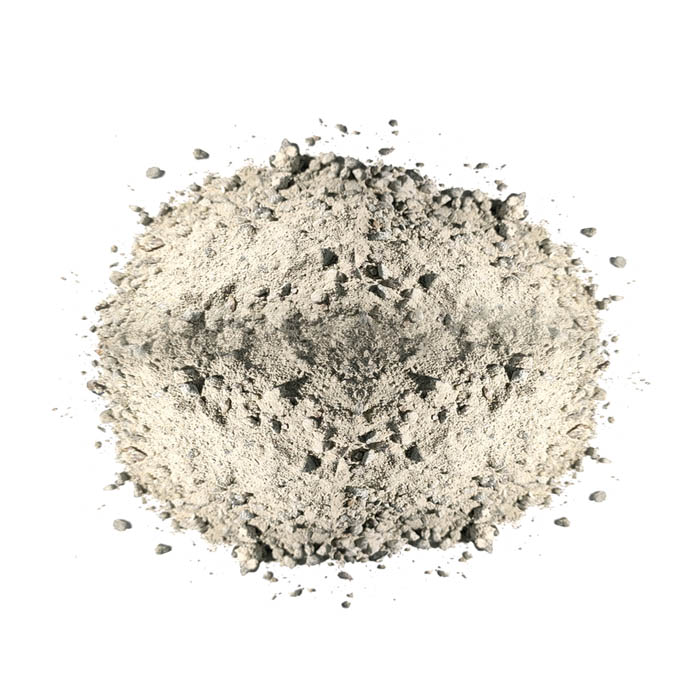Nov . 25, 2024 16:56 Back to list
Exploring the Unique Properties of Liquid Graphite and Its Innovative Applications
The Versatile Nature of Liquid Graphite Applications and Innovations
Liquid graphite is an emerging material that has captured significant attention in various fields, ranging from batteries to advanced manufacturing. Unlike traditional solid graphite, liquid graphite exhibits unique properties that make it appealing for a myriad of applications. This article delves into the characteristics of liquid graphite, its production methods, and the innovative applications that highlight its versatility.
Understanding Liquid Graphite
Liquid graphite is primarily formed by dispersing graphite particles in a suitable solvent, which serves to create a stable colloidal suspension. This suspension retains the conductive and thermal properties of graphite while allowing for enhanced flow characteristics, making it much more manageable for certain applications. The ability to maintain the conductive properties of graphite while being in a liquid state is a game changer for many industries.
Production Methods
The production of liquid graphite typically involves high-energy dispersion techniques. One popular method is sonication, where ultrasonic waves agitate a mixture of graphite and solvent, breaking down larger particles into smaller, more manageable ones. Another method includes high-shear mixing, which employs mechanical forces to achieve a uniform dispersion. After the desired particle size and distribution are achieved, stabilizers are added to prevent the particles from re-agglomerating, ensuring a stable liquid form.
Applications in Energy Storage
liquid graphite

One of the most promising applications of liquid graphite is in the field of energy storage, particularly in lithium-ion batteries. The incorporation of liquid graphite into battery electrodes has been shown to improve conductivity and increase the overall efficiency of batteries. Unlike traditional solid graphite, which may suffer from limitations in terms of ion transport, liquid graphite can enable faster charge and discharge rates. This property is crucial for applications in electric vehicles and portable electronic devices, where rapid charging and long battery life are essential.
Moreover, liquid graphite can also be utilized in supercapacitors. These devices, known for their ability to deliver quick bursts of energy, can benefit from the increased surface area and conductivity liquid graphite offers. As the demand for renewable energy storage solutions grows, the role of liquid graphite in developing more efficient energy storage systems becomes increasingly vital.
Innovations in Manufacturing
The manufacturing industry is also beginning to see the advantages of liquid graphite. Its lubrication properties enable incredibly smooth processes in machining and casting applications, thus reducing wear on tools and improving the finish of machined parts. As industries progress toward more sustainable practices, liquid graphite can act as a helpful lubricant, minimizing the use of conventional oil-based products that are harmful to the environment.
Furthermore, liquid graphite is being investigated for its potential in additive manufacturing, or 3D printing. By developing a liquid graphite filament, researchers hope to create components that benefit from the unique properties of graphite, such as conductivity and thermal management. This could open up a new realm of possibilities for creating advanced electronic devices and heat-resistant materials.
Conclusion
As research continues and technologies evolve, the potential of liquid graphite becomes more apparent. Its unique properties make it a competitor to traditional materials in energy storage, manufacturing, and potentially beyond. The understanding of liquid graphite and its applications is just beginning, but its ability to combine the desirable features of solid graphite into a fluid form opens up numerous possibilities for innovation. With the ongoing advancements in material science, we are poised to see further integration of liquid graphite in everyday applications, demonstrating the versatile nature of this remarkable material.
-
Eco-Friendly Granule Covering Agent | Dust & Caking Control
NewsAug.06,2025
-
Fe-C Composite Pellets for BOF: High-Efficiency & Cost-Saving
NewsAug.05,2025
-
Premium Tundish Covering Agents Exporters | High Purity
NewsAug.04,2025
-
Fe-C Composite Pellets for BOF | Efficient & Economical
NewsAug.03,2025
-
Top Tundish Covering Agent Exporters | Premium Quality Solutions
NewsAug.02,2025
-
First Bauxite Exporters | AI-Optimized Supply
NewsAug.01,2025
